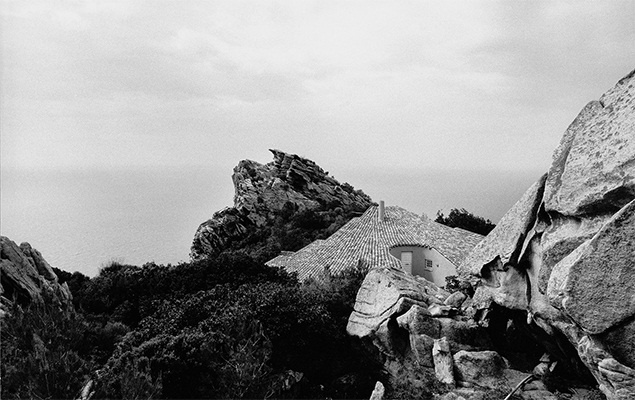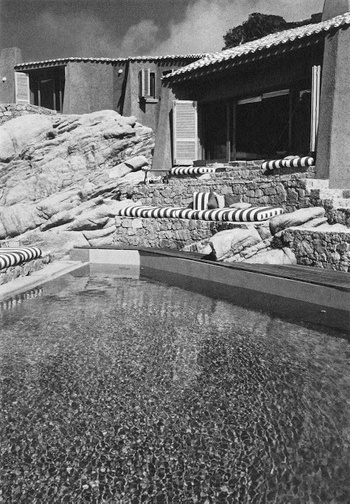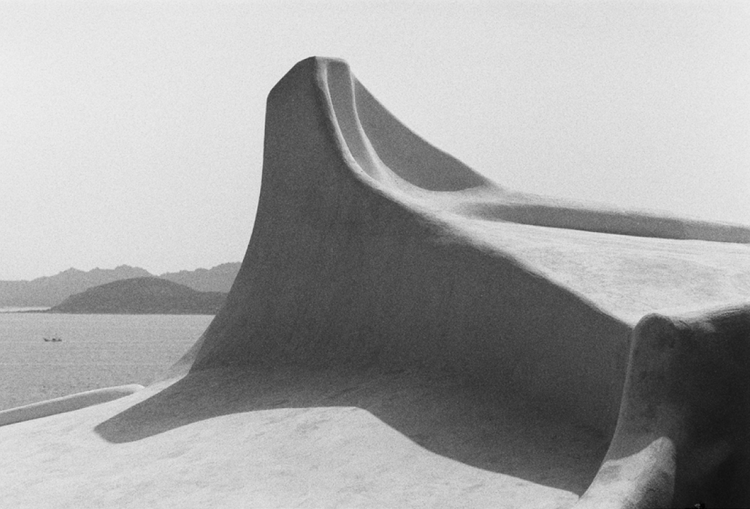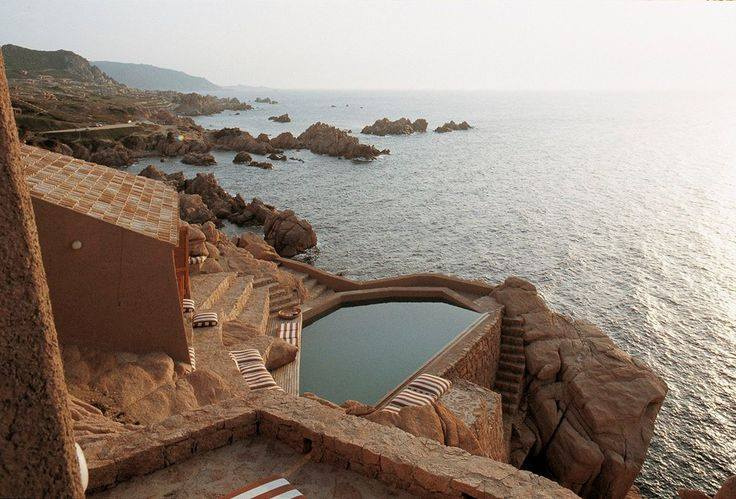Alberto Ponis: inhabiting the cliff
Costa Paradiso, located in northern Sardinia, is the starting
point to understand Alberto Ponis’ architecture. It’s the ‘60s when the young architect decided to get involved in designing a villa in Palau, after significant liaisons within the London Modernism. It’s from this turning point that sparked his idea of launching the studio in Sardinia and devoting himself entirely to the holiday villas field.
We are referring to almost two-hundred houses arranged in complete harmony with the surrounding area, distinguished
by millennial rocks and granite cliffs. Precisely these latter ones, inexhaustible sources of inspiration, are consistent in
Ponis’ work. "When the terrain is crossed by 50% of various rocks and on the other half is clean, plainly most of my colleagues
would put the house in the clean part, to get rid of troubles[...].
“I usually decide to partially construct on the hard part, without touching the rocks
and just putting the building on them, without destroying them, incorporating them in the walls instead, as if I was looking for a kind of kinship, an ancient
belonging to the place [...]. Houses cling to the rocks; they become a support element and part of it [...] "They are like the wrinkled skin of a prehistoric animal, and this can be felt".







